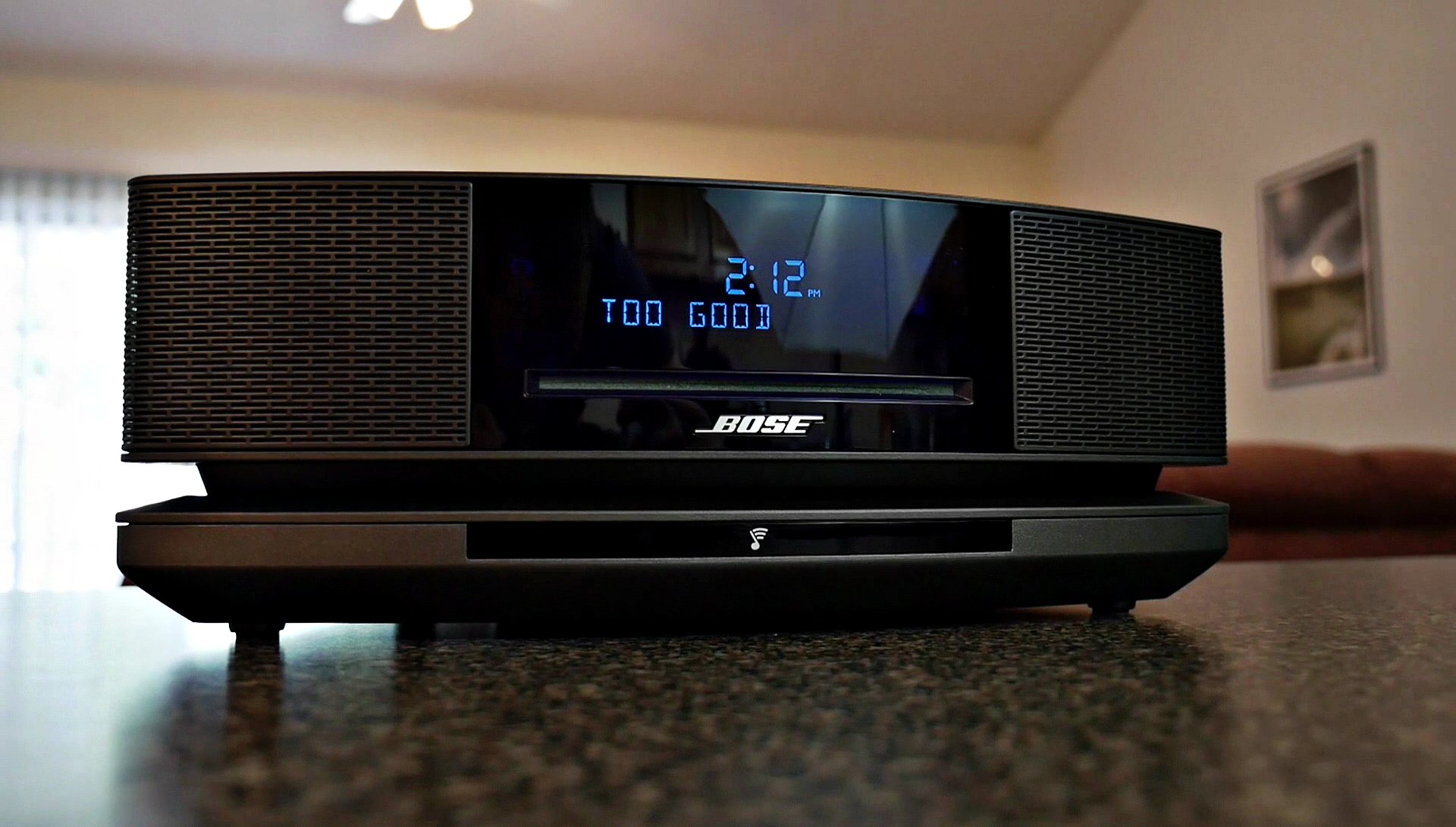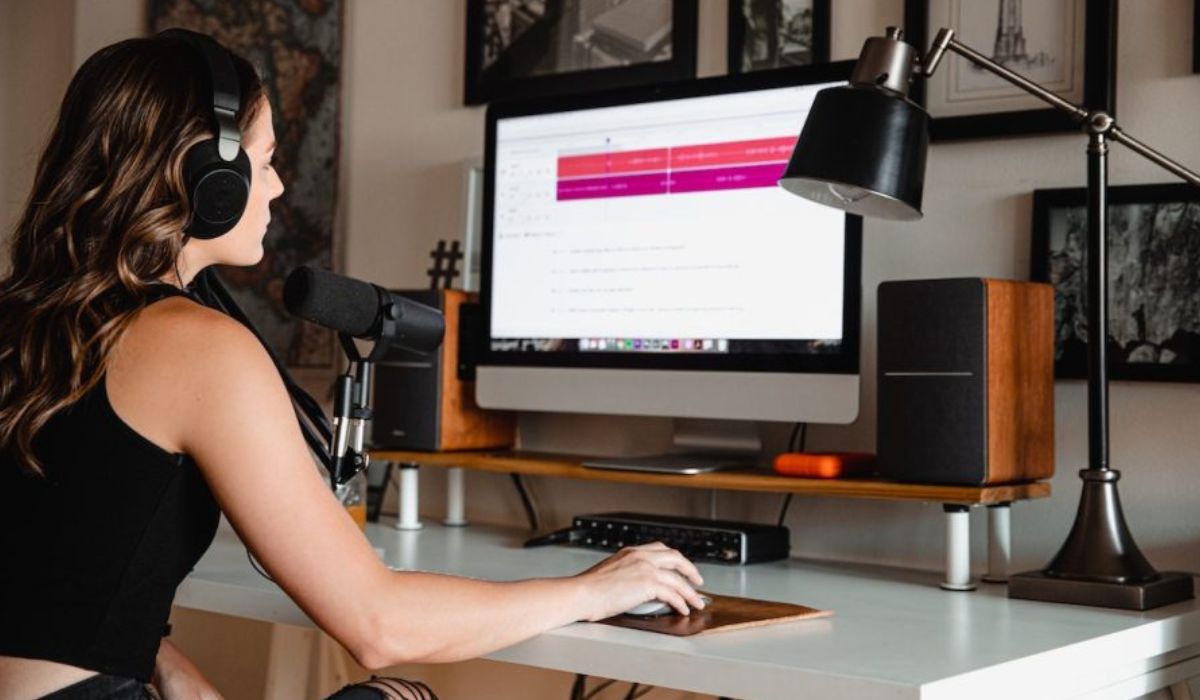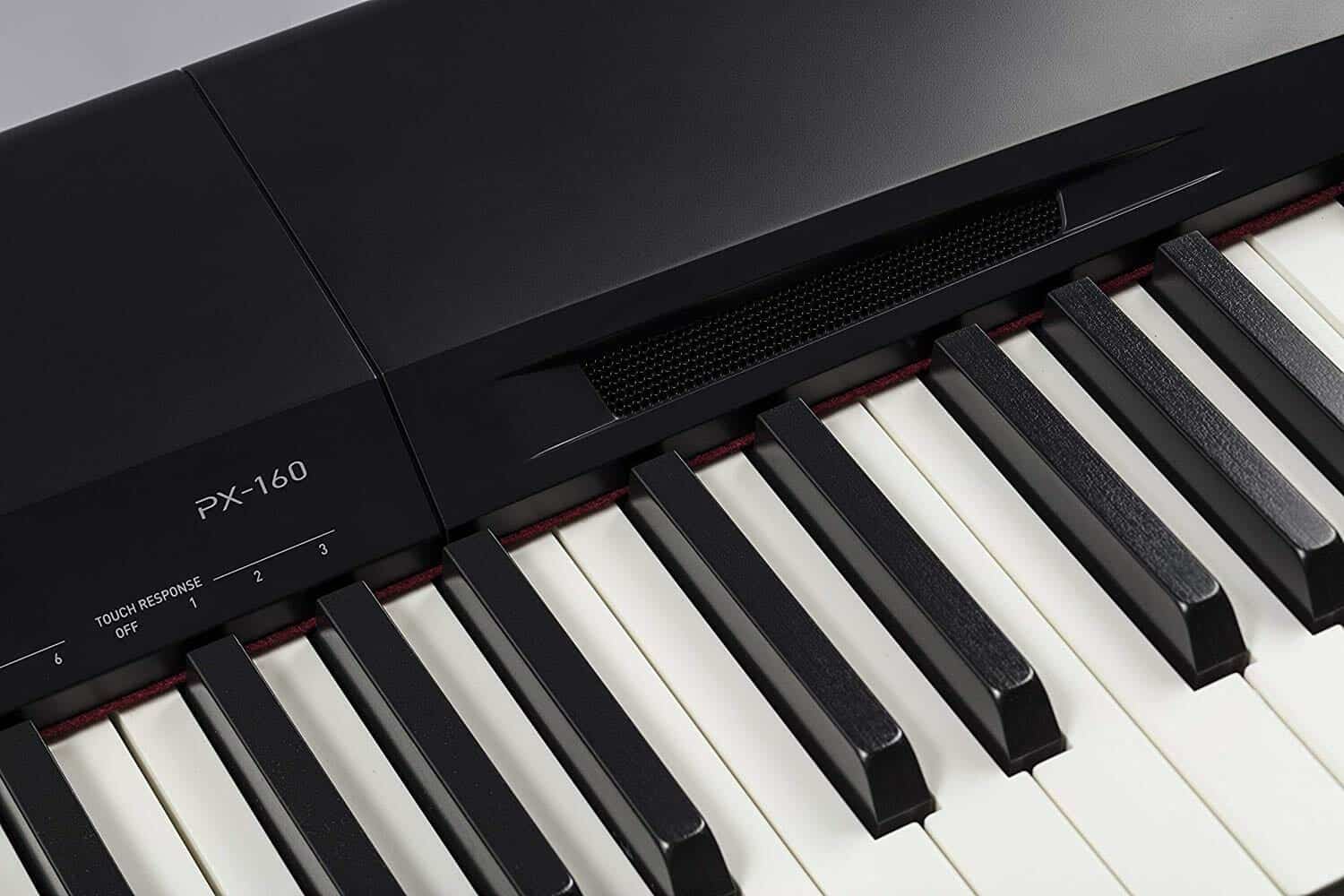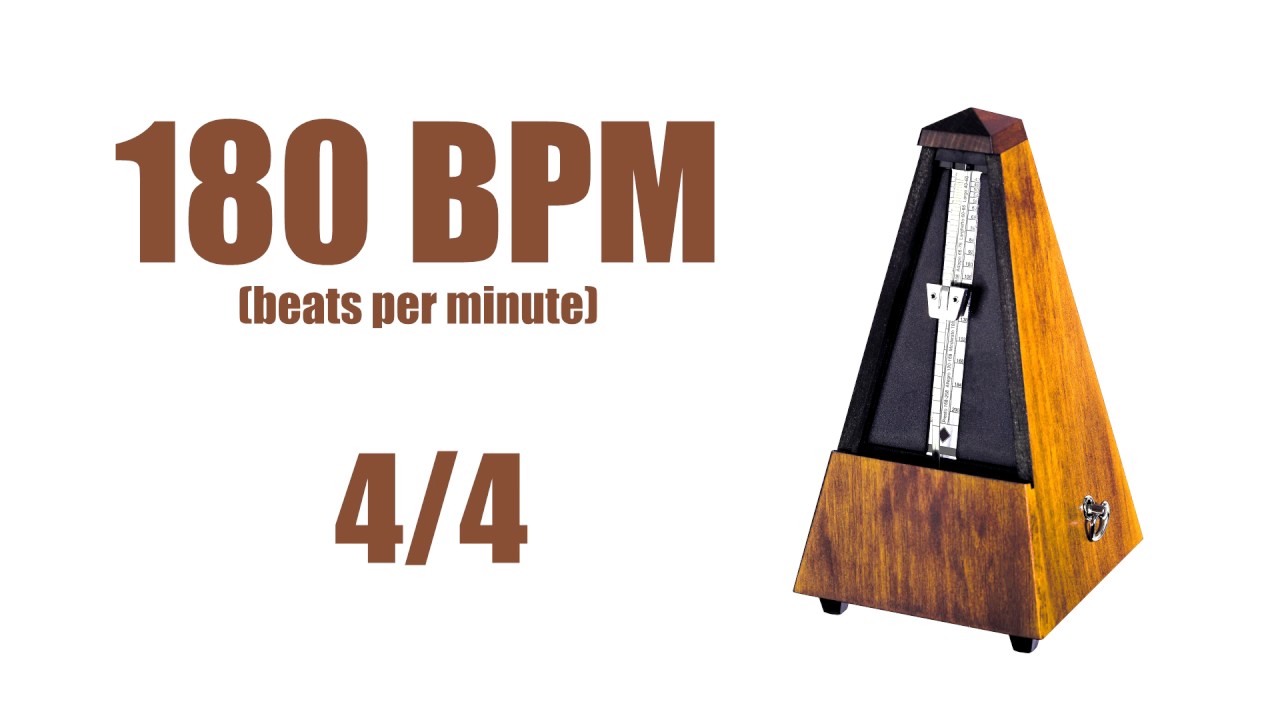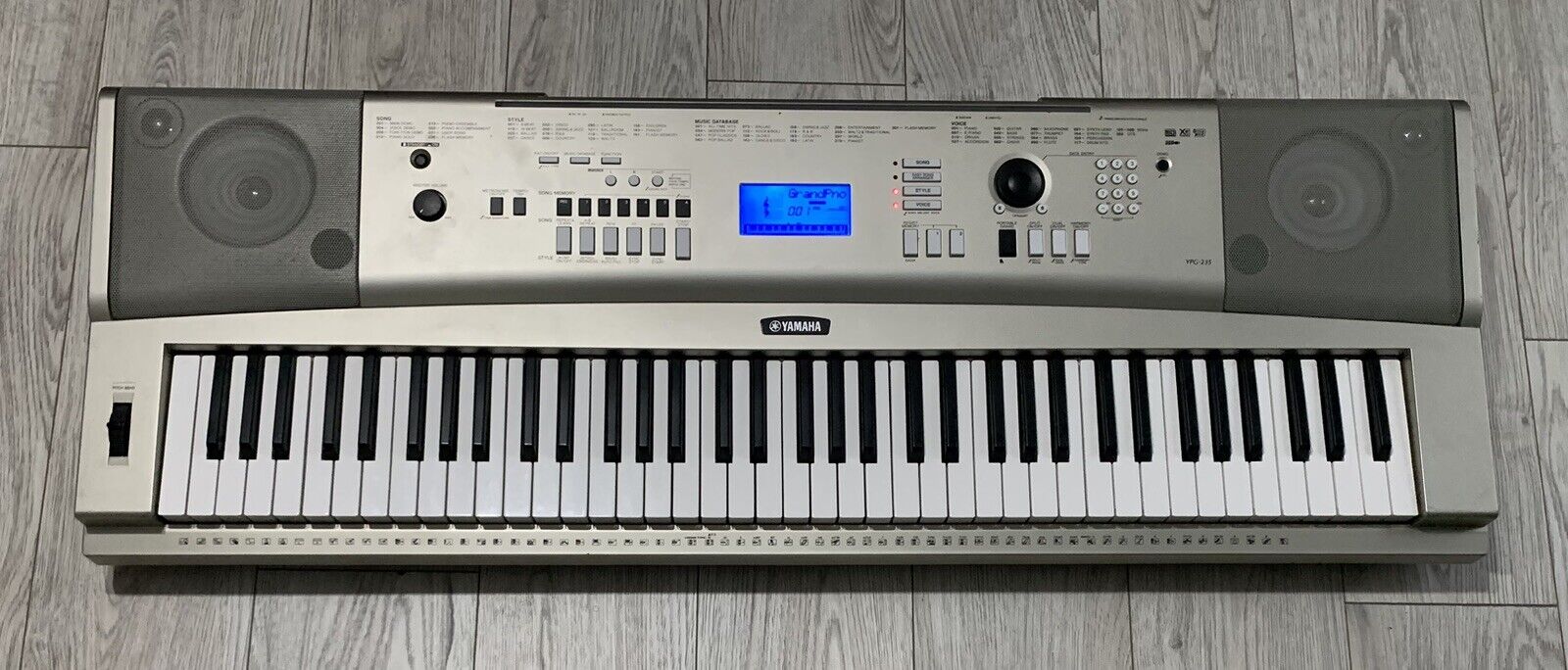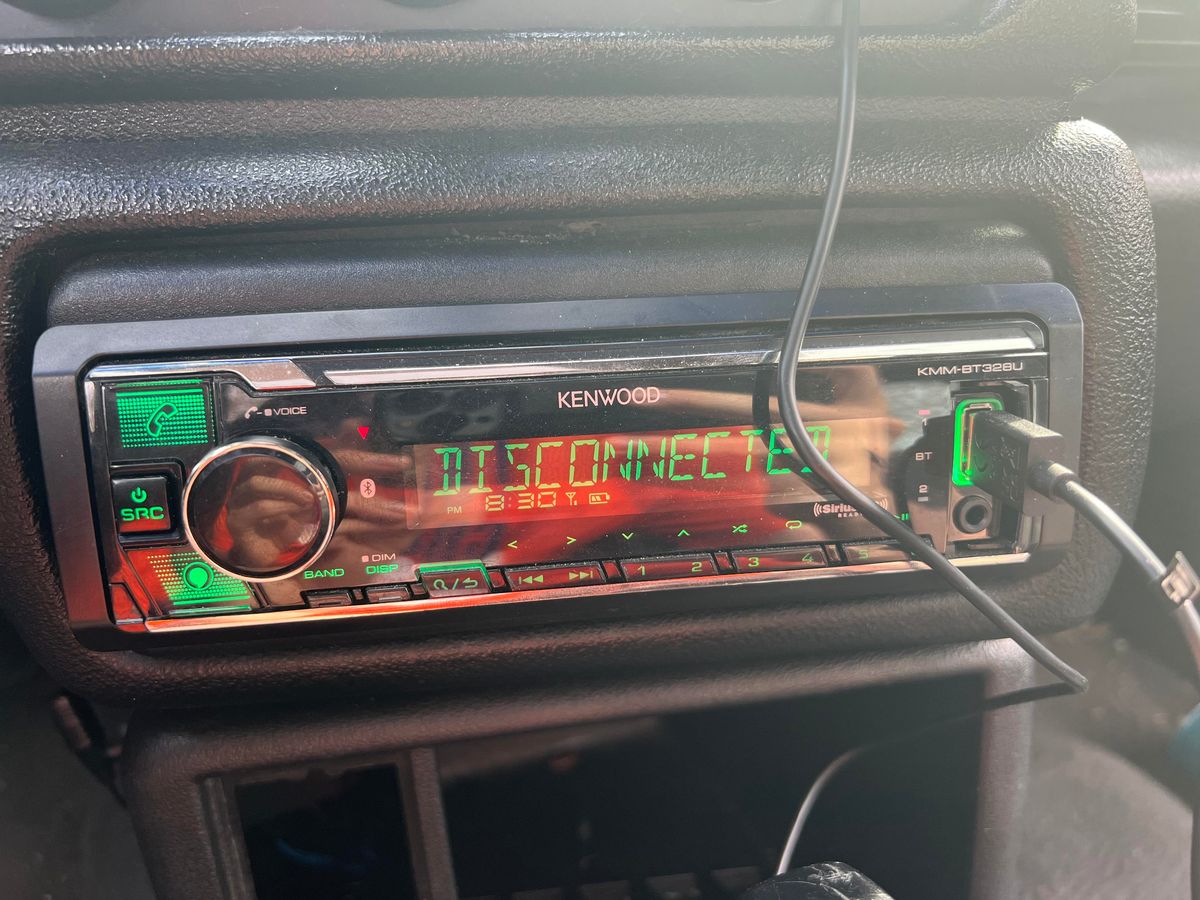Home>Production & Technology>Metronome>How To Set A Metronome For 6/8 Time
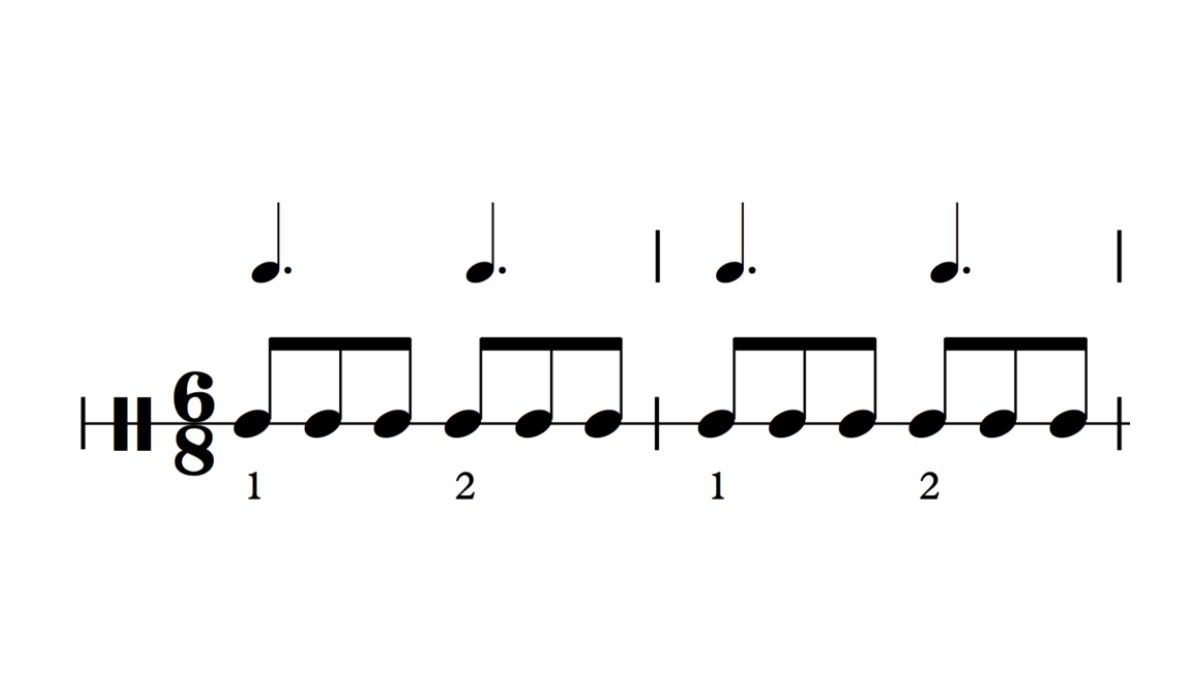

Metronome
How To Set A Metronome For 6/8 Time
Modified: January 22, 2024
Learn how to properly set a metronome for 6/8 time and enhance your rhythm and timing skills. Discover the best techniques for using a metronome to improve your musical performance.
(Many of the links in this article redirect to a specific reviewed product. Your purchase of these products through affiliate links helps to generate commission for AudioLover.com, at no extra cost. Learn more)
Table of Contents
Introduction
Setting a metronome for 6/8 time can greatly improve your sense of rhythm and timing, whether you’re a musician or a dancer. 6/8 time is a common meter in music, characterized by six beats per measure with a strong emphasis on the first beat. It’s often used in genres such as waltzes, jazz, and folk music.
Using a metronome is an excellent way to develop your internal sense of timing and improve your ability to play or dance in sync with other musicians. By setting the metronome to the correct tempo for 6/8 time, you can establish a steady pulse that will guide your performance and help you maintain a consistent rhythm throughout.
In this article, we will explore how to set a metronome specifically for 6/8 time. We will discuss the basics of understanding the time signature, guide you in choosing the right metronome, and provide step-by-step instructions for setting it correctly. Additionally, we’ll offer some practice tips to help you effectively utilize the metronome and develop your skills in playing or dancing in 6/8 time.
Whether you’re a beginner looking to improve your rhythmic skills or an experienced musician striving for precision, mastering 6/8 time with the help of a metronome is an invaluable skill. So let’s dive in and learn how to set a metronome for 6/8 time!
Understanding 6/8 Time Signature
Before we delve into setting the metronome for 6/8 time, it’s essential to have a solid understanding of what the 6/8 time signature represents. In music, a time signature is a notation that indicates the number of beats in each measure and the type of note that receives one beat. The top number represents the number of beats in a measure, while the bottom number represents the type of note that receives one beat.
In the case of 6/8 time, the top number ‘6’ signifies that each measure contains six beats. The bottom number ‘8’ indicates that an eighth note receives one beat. Therefore, in each measure of 6/8 time, you count six eighth notes.
In terms of rhythm, 6/8 time is known as a compound duple meter, meaning it has two beats per measure, with each beat subdivided into three eighth notes. This gives the music a distinctive “1 2 3 4 5 6” feel, with a strong accent on the first beat and a secondary emphasis on the fourth beat.
Commonly found in lively, dance-like music, 6/8 time signature is often associated with a swaying, waltz-like feel. It is used in various musical genres, including classical music, Celtic music, and Latin American rhythms.
Understanding the underlying rhythmic structure of 6/8 time is crucial in accurately setting the metronome and maintaining a consistent tempo throughout your performance. The metronome will help you internalize the timing and accentuation inherent in the 6/8 time signature, allowing you to play or dance with precision and confidence.
Choosing the Right Metronome
When it comes to selecting a metronome for practicing in 6/8 time, there are a few factors to consider. The ideal metronome should offer the necessary features to accurately represent the rhythm and provide a clear audible click that is easy to follow. Here are some considerations when choosing the right metronome:
- Time Signature Options: Ensure that the metronome you choose has the ability to accommodate different time signatures, including 6/8. This allows you to set the correct beats per measure and match the rhythmic structure of the music you are practicing.
- Tempo Range: Look for a metronome that offers a wide range of tempos. This is especially important for 6/8 time, as you may need to set the metronome to different speeds depending on the specific piece of music. Having a broad tempo range gives you flexibility in your practice sessions.
- Accent Capability: It’s helpful to choose a metronome that provides the option to emphasize the first beat of each measure. Since 6/8 time has a strong accent on the first beat, this feature can make it easier for you to internalize the rhythmic pattern and stay in sync with the metronome.
- Visual Display: Consider whether you prefer a metronome with a visual display, such as a flashing light or a moving pendulum. This can be beneficial for those who find it easier to follow a visual cue in addition to an audible click.
- Portability: If you plan on using the metronome for both practice sessions at home and on the go, consider its portability. Opt for a metronome that is compact and lightweight, or even consider using a metronome app on your smartphone or tablet for added convenience.
Take the time to research different metronome options and read reviews from other musicians to determine which one best suits your needs. Remember that the right metronome should be reliable, easy to operate, and provide you with the necessary tools to effectively practice in 6/8 time.
Setting the Metronome for 6/8 Time
Now that you have chosen the right metronome, it’s time to learn how to set it for 6/8 time. Follow these step-by-step instructions to ensure that your metronome is accurately representing the rhythm:
- Understand the Beats per Measure: Remember that 6/8 time consists of six beats per measure, with the eighth note receiving one beat. This means you will count six eighth notes in each measure. Keep this in mind as you set your metronome.
- Set the Beats per Minute (BPM): Determine the desired tempo for your 6/8 piece. The tempo is typically indicated by the BPM, which represents the number of beats per minute. Consult the sheet music or use your own judgment to decide on an appropriate tempo. Start with a moderate speed, and then adjust as needed.
- Configure the Metronome: Locate the tempo control on your metronome and adjust it to match your desired BPM. Ensure that your metronome is set to play six beats per measure.
- Adjust the Accent: If your metronome has an accent feature, activate it so that the first beat of each measure is emphasized. This will help you establish the strong accent that is characteristic of 6/8 time.
- Listen to the Click: Use your ear to listen to the metronome’s click and feel the pulse. Pay close attention to the strong accent on the first beat and the secondary emphasis on the fourth beat. Internalize this rhythmic pattern to help you stay in sync with the metronome.
It’s important to note that setting the metronome for 6/8 time may require some trial and error to find the perfect tempo and feel for the piece you are practicing. Experiment with different speeds and adjust the accent settings until you find the right balance that suits your musical style and preference.
Once you have set the metronome for 6/8 time, use it as a consistent guide to help you practice your music or dance routine with precision. Embrace the steady pulse provided by the metronome and allow it to enhance your sense of rhythm and timing.
Practice Tips for Playing in 6/8 Time
Playing in 6/8 time can be a delightful and engaging experience, but it also requires practice and attention to detail. Here are some tips to help you improve your skills and master playing in 6/8 time:
- Internalize the Rhythm: Take the time to listen to and familiarize yourself with music in 6/8 time. Develop a strong sense of the rhythmic pattern, focusing on the emphasis on the first beat and the triple subdivision of each beat. Internalize this rhythm so that it becomes second nature to you.
- Practice with the Metronome: Utilize the metronome as a valuable practice tool. Set it to the appropriate tempo for 6/8 time and play along, ensuring that your playing aligns with the steady pulse. Start at a slower tempo and gradually increase the speed as you become more comfortable.
- Emphasize the First Beat: Pay close attention to the strong accent on the first beat of each measure. It sets the foundation for the rhythmic feel of 6/8 time. Ensure that you give this beat the appropriate emphasis and clarity in your playing.
- Count Aloud: Verbally counting the beats can be a helpful technique to internalize the rhythm. Count “1-2-3-4-5-6” or use syllables like “ta-ka-di-mi-ta-ka-di-mi” to represent the rhythmic subdivision. This will reinforce the rhythm and help you stay in sync with the metronome.
- Practice Subdivision: Work on subdividing the beats within each measure. Focus on playing the triple subdivision accurately and evenly. This will enhance your overall sense of timing and ensure that you maintain a consistent rhythm throughout the piece.
- Experiment with Dynamics and Phrasing: 6/8 time offers plenty of room for creative expression. Explore different dynamics (volume levels) and phrasing techniques to bring out the musicality of the piece. Experiment with subtle nuances and accents to add interest and depth to your playing.
- Listen to 6/8 Music: Immerse yourself in the sounds of music in 6/8 time. Listen to various genres, from classical to folk to jazz. Pay attention to how different musicians interpret and express themselves within this time signature. This exposure will broaden your understanding and inspire your own playing.
- Record Yourself: Use a recording device or software to record yourself playing in 6/8 time. Listen back to evaluate your performance and identify areas for improvement. Focus on maintaining a steady tempo, accurate rhythm, and consistent dynamics.
By incorporating these practice tips into your routine, you will steadily improve your ability to play in 6/8 time and develop a solid rhythmic foundation. Remember to be patient, persistent, and enjoy the process of mastering this captivating time signature.
Conclusion
Mastering 6/8 time with the help of a metronome is an essential skill for any musician or dancer. By understanding the time signature, choosing the right metronome, and accurately setting it for 6/8 time, you can develop a strong sense of rhythm and improve your timing.
Throughout this article, we explored the fundamentals of 6/8 time, including the six beats per measure and the triple subdivision of each beat. We discussed the key considerations in choosing a metronome, such as time signature options, tempo range, and accent capability. We also provided step-by-step instructions for setting the metronome correctly for 6/8 time.
Furthermore, we shared practice tips to help you enhance your skills in playing or dancing in 6/8 time. By internalizing the rhythm, practicing with the metronome, emphasizing the first beat, counting aloud, and focusing on subdivision, you can improve your overall sense of timing and rhythmic accuracy. Additionally, we encouraged you to experiment with dynamics, listen to 6/8 music, and record yourself to further refine your performance.
Remember, mastering 6/8 time requires dedication, practice, and patience. Embrace the steady pulse provided by the metronome and immerse yourself in the captivating rhythm of this time signature. Whether you’re a beginner or an experienced musician, developing proficiency in 6/8 time will greatly enhance your musicality and performance abilities.
So, grab your metronome, set it for 6/8 time, and embark on a rhythmic journey filled with joy and precision. With diligence and practice, you will confidently play or dance in 6/8 time, captivating audiences and immersing yourself in the richness of this enchanting meter.


